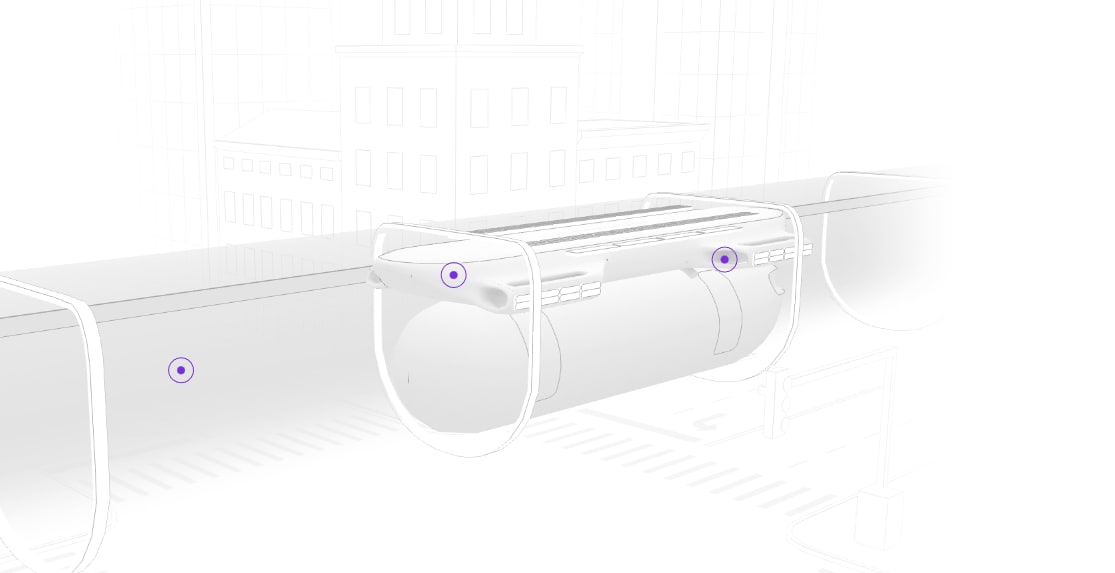Wikipedia (en)
Virgin Hyperloop (formerly Hyperloop Technologies, Hyperloop One and Virgin Hyperloop One) is an American transportation technology company that works to commercialize the high-speed technology concept called the Hyperloop, a variant of the vacuum train. The company was established on June 1, 2014 and reorganized and renamed on October 12, 2017.Hyperloop systems are intended to move passengers and/or cargo at airline speeds at a fraction of the cost of air travel. They are designed to run suspended by magnetic systems in a vacuum tube. The original Hyperloop concept proposed to use a linear electric motor to accelerate and decelerate an air-bearing levitated pod through a low-pressure tube. The vehicle would glide silently at speeds up to 760 mph (1223.1 km/h) with very low turbulence. The system is proposed to be entirely autonomous, quiet, direct-to-destination and on-demand. As it is proposed to be built on columns or tunneled underground, it would eliminate the dangers of at-grade crossings and require smaller rights of way than high-speed rail or a highway. Virgin Hyperloop has made substantive technical changes to Elon Musk's initial proposal and chose not to pursue the Los Angeles–to–San Francisco notional route that Musk envisioned in his 2013 alpha-design white paper.
The company had raised $295 million on December 18, 2017 and demonstrated a form of propulsion technology on May 11, 2016 at its test site in North Las Vegas. It has completed a 500-meter Development Loop (DevLoop) and on May 12, 2017, held its first full-scale test. The test combined Hyperloop components including vacuum, propulsion, levitation, sled, control systems, tube and structures. As of May 2019, the company had raised $400 million.Its publicly stated goal is to launch commercial operations by 2030.On November 8, 2020, after more than 400 unmanned tests, the firm conducted the first human trial at a speed of 172 km/h (107 mph) at its test site in Las Vegas, Nevada.
